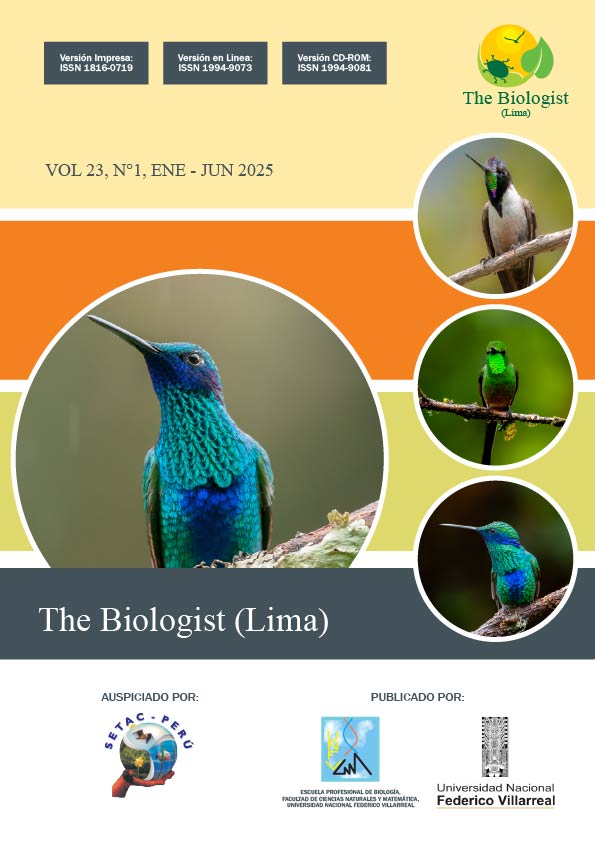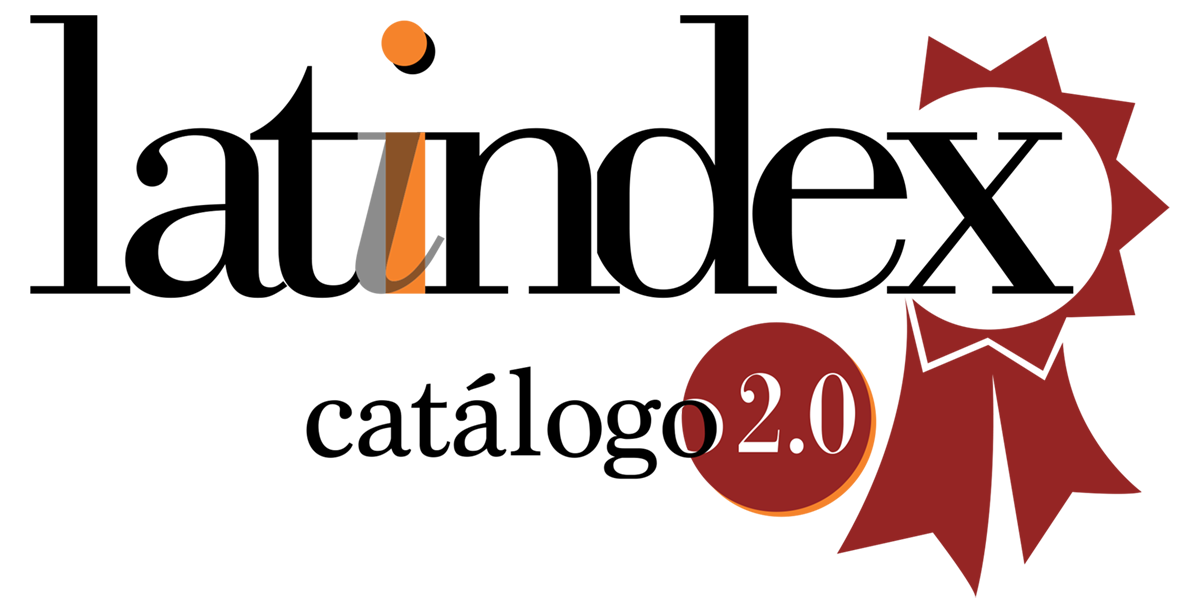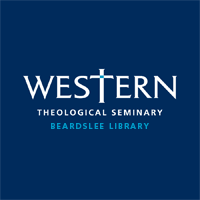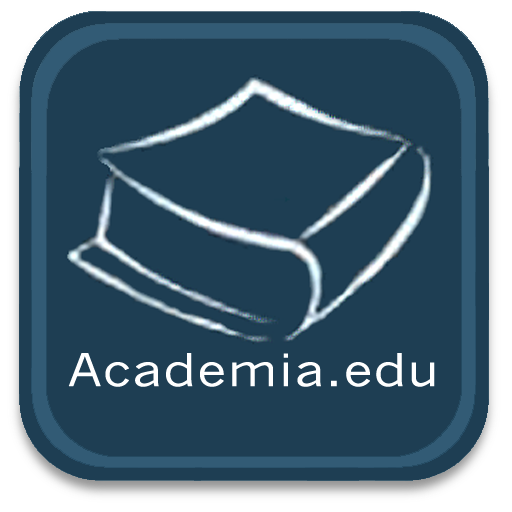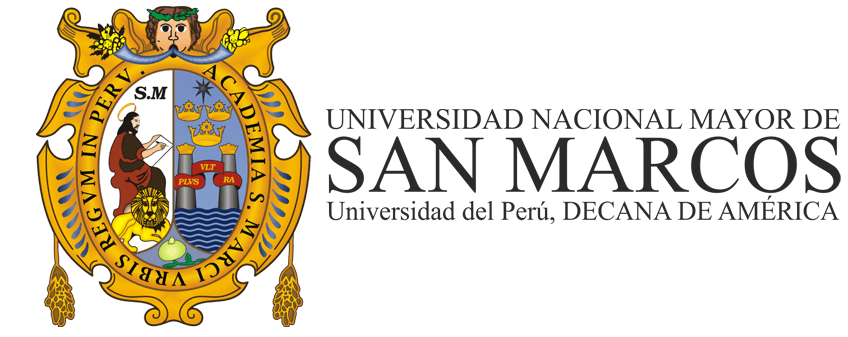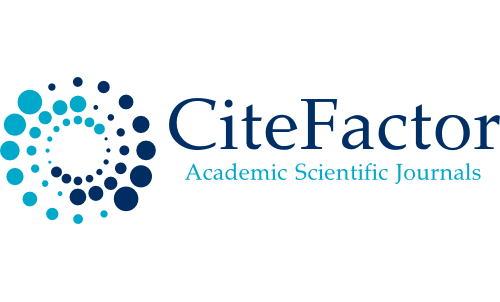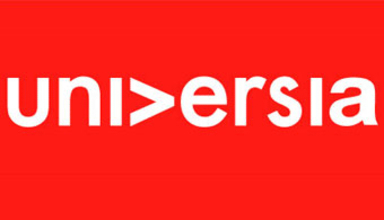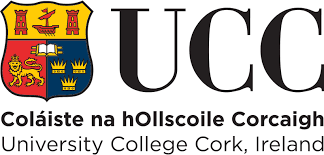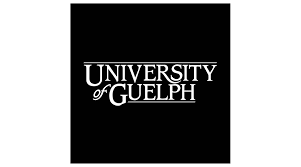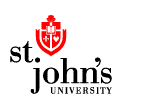Diagnosis of translocation t(12;17)(q24.1;q25) in a family
DOI:
https://doi.org/10.62430/rtb20252311916Keywords:
Aberraciones cromosómicas;, Cromosomas Humanos Par 12;, Discapacidades del desarrollo;, Duplicación cromosómica;, Hibridación Fluorescente in Situ.Abstract
Reciprocal translocations occur as a consequence of breakage in non-homologous chromosomes with exchange of the detached segments, characterized by the absence of loss of genetic material as a whole. This research aimed to evaluate the effects of the apparently balanced translocation in a family. A 5-year-old female patient presented a broad and prominent forehead, ocular hypertelorism, with low-set and backward-rotated earlobes, hypoplasia of the earlobes, low nasal bridge, anteverted nostrils, wide mouth, micro and retrognathia. Among the antecedents, she recorded a marked delay in neurodevelopment. The conventional cytogenetic study reported 46, XX,der(17), from the maternal reciprocal balanced translocation with a result of 46,XX,t(12;17) (q24.1;q25)mat as in the maternal grandmother. The cytogenetic method of fluorescence in situ hybridization in blood lymphocytes showed the presence of three signals for chromosome 12q24.1. The findings suggest that chromosomal rearrangements including apparently balanced familial reciprocal translocations have a negative effect on the clinical phenotype and neurodevelopment.
Downloads
References
Amarose A, Huttenlocher P, Sprudzs R, Laitsch T, & Pettenati M. (1987). A heritable fragile 12q24.13 segregating in a family with the fragile X chromosome. Hum Genet, 75, 4-6.
Banerjee S, Munshi A, Li C, & Ayub M. (2022a). Developmental delay and intellectual disability. Front Genet, 13, 934815. https://doi.org/10.3389/fgene.2022.934815
Banerjee S, Munshi A, Li C, & Ayub M. (2022b). Editorial: Developmental delayand intellectual disability. Front Genet, 13:934815. https://doi.org/10.3389/fgene.2022.934815
Bonasoni P, Tonni G, Comitini G, Barbieri V, Rinaldini M, & Marinelli M. (2022). Mosaic trisomy 12: Prenatal diagnosis at amniocentesis and molecular genetic analysis on fetal tissues. Fetal Pediatr Pathol, 41, 299-305. https://doi.org/10.1080/15513815.2020.1786199
Hainz D, Krüger M, Reber D, & et al. (2021). Mosaic trisomy 12 diagnosed in a female patient: clinical features, genetic analysis, and review of the literature. World J Pediatr, 17, 438-448. https://doi.org/10.1007/s12519-021-004389
Hastings Ros J, Moore S, & Chia N. (2024). An International System for Human Cytogenomic Nomenclature
Hu J, Ou Z, Surti U, Kochmar S, Hoffner L, Madan-Khetarpal S, & et al. (2020). Four children with postnatally diagnosed mosaic trisomy 12: Clinical features, literature review, and current diagnostic capabilities of genetic testing. Am J Med Genet, Part A, 1-10. https://doi.org/10.1002/ajmg.a.61482
Hu X, Ayala SS, Dyer L, Guan Q, & Pena L. (2021). A rare case of postnatal mosaic trisomy 12 with severe congenital heart disease and literature review. Am J Med Genet A, 185, 1864-1869. https://doi.org/10.1002/ajmg.a.62166
Jones KL, Jones MC, & Del Campo M. (2022). Smith's Recognizable patterns of human malformation (8 ed.). Saunders.
Koiffmann CP, Gonzalez CH, Vianna-Morgante AM, Kim CA, Odone-Filho V, & A, W. (1995). Neuroblastoma in a boy with MCA/MR syndrome, deletion 11q, and duplication 12q. Am J Med Genet 58, 46–49.
Mathew M, Babcock M, Claire Hou Y, Hunter J, Leung M, Mei H, & al, e. (2024). Clinical Cytogenetics: Current Practices and Beyond. J Ap Lab Med, 9(1), 61-75. https://doi.org/10.1093/jalm/jfad086
Mbara N, & Fakoya AO. (2024). Prenatal clinical presentation and genetic analysis of partial trisomy 12: A case report. Cureus, 16(8), e67410. https://doi.org/10.7759/cureus.67410
Mirceta M, Shum N, Schmidt MHM, & Pearson CE. (2022). Fragile sites,chromosomal lesions, tandem repeats, and disease. Front Genet, 13, 985975. https://doi.org/10.3389/fgene.2022.985975
Ozkan E, & Lacerda MP. (2023). Genetics, Cytogenetic Testing And Conventional Karyotype. In StatPearls. StatPearls Publishing.
Papas RS, & Kutteh WH. (2021). Genetic testing for aneuploidy in patients who have had multiple miscarriages: A review of current literature. Appl Clin Genet, 14(321–29). https://doi.org/https://doi.org/10.2147/tacg.S320778
Plaza-Benhumea L, Martin-de Saro M, Messina-Baas O, & Cuevas-Covarrubias S. (2022). Duplication of 12q24.21q24.33 in a girl with epilepsy, expanding the phenotype. Mol Syndromol, 13, 409-418.
Pratt NR, & Bulugahapitiya DTD. (1983). Partial trisomy 12q: A clinically recognisable syndrome. Genetic risks associated with translocations of chromosome 12q. J Med Genet 20, 86–89.
Prieur M, Couturier J, Herrault A, Lepintre J, & J, L. (1977). Syndromes involving chromosomes 4, 9, and 12. In Yunis JJ (Ed.), New chromosomal syndromes (pp. 119–183). Academic Press.
Roberts SH, Mattina T, Laurence KM, Sorge G, & L, P. (1981). Partial trisomy 12q: Report of a case and review. J Med Genet 18, 470–473.
Santos J, Mozer T, Bicudo da Silva RA, de Souza DH, Regina L, & Moretti-Ferreira D. (2020). Non-mosaic partial duplication 12p in a patient with dysmorphic characteristics and developmental delay. Genetics and Molecular Biology 1, 1-12. https://doi.org/10.1590/1678-4685-GMB-2018-0285
Schumans J, Sanner G, Nordenskjöld M, & Anderlid BM. (2005). Detailed clinical description of four patients with 1.3 and 2.1 Mb chromosome imbalances derived from a familial t(12;17)(q24.33;q25.3). Am J Med Genet, 134A, 254–258.
Stankiewicz P, & Lupski JR. (2002). Genome architecture, rearrangements and genomic disorders. Trends Genet, 18, 74–82.
Published
How to Cite
Issue
Section
License

This work is licensed under a Creative Commons Attribution-NonCommercial-NoDerivatives 4.0 International License.
Objeto: El AUTOR-CEDENTE transfiere de manera TOTAL Y SIN LIMITACIÓN alguna al CESIONARIO (Revista The Biologist (Lima)) los derechos patrimoniales que le corresponden sobre sus obras por el tiempo que establezca la ley internacional. En virtud de lo anterior, se entiende que el CESIONARIO adquiere el derecho de reproducción en todas sus modalidades, incluso para inclusión audiovisual; el derecho de transformación o adaptación, comunicación pública, traducción, distribución y, en general, cualquier tipo de explotación que de las obras se pueda realizar por cualquier medio conocido o por conocer en el territorio nacional o internacional.
Remuneración: La cesión de los derechos patrimoniales de autor que mediante este contrato se hace será a título gratuito.
Condiciones y legitimidad de los derechos: El AUTOR-CEDENTE garantiza que es propietario integral de los derechos de explotación de la(s) obra(s) y en consecuencia garantiza que puede contratar y transferir los derechos aquí cedidos sin ningún tipo de limitación por no tener ningún tipo de gravamen, limitación o disposición. En todo caso, responderá por cualquier reclamo que en materia de derecho de autor se pueda presentar, exonerando de cualquier responsabilidad al CESIONARIO.
Licencia de acceso abierto: El AUTOR-CEDENTE autoriza que manuscrito publicado en la Revista Científica The Biologist (Lima) (versión Impresa ISSN 1816-0719, versión en línea ISSN 1994-9073) permanece disponible para su consulta pública en el sitio web http://revistas.unfv.edu.pe/index.php/rtb/index y en los diferentes sistemas de indexación y bases de datos en las que la revista tiene visibilidad, bajo la licencia Creative Commons, en la modalidad Reconocimiento-No comercial- Sin Trabajos derivados –aprobada en Perú, y por lo tanto son de acceso abierto. De ahí que los autores dan, sin derecho a retribución económica, a la Escuela Profesional de Biología, Facultad de Ciencias Naturales y Matemática de la Universidad Nacional Federico Villarreal (EPB - FCCNM - UNFV), los derechos de autor para la edición y reproducción a través de diferentes medios de difusión.

